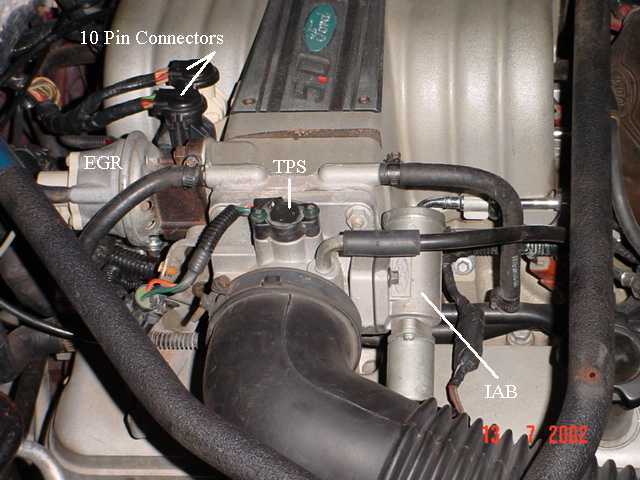You are 100% correct.I heard you need to unplug the spout connector and iac to set it? I might be mistaken though
See the Surging Idle Checklist. for more information & help.
You are 100% correct.I heard you need to unplug the spout connector and iac to set it? I might be mistaken though
Jrich and others say if the tps is around .6 -1.1 volts its fine.. the computer zeroes it out so maybe with your ground not going back to the computer -ok, I have set the tps numerous times and it keeps getting out of whack again I guess.. ?? but I was using a ground on car and not the ground wire on the tps, and I was not unplugging the spout or iac when I did it. I only unplugged them when I was trying to set the idle.. SO maybe that's whats going on???? ?? idk, but the cars idle is all over the place, IT seams different every day, sometimes it surges, sometimes its low, sometimes high, but its VERY rich all the time ! brand new plugs are black and the fumes burn the eyes. I know new parts can be defective, but recently I have replaced the , IAC, TPS, fuel pressure regulator, plugs, maf sensor, and egr

Just unplug the spout connector and iac when setting idle not your tps.. Have the key on car off for the tps jam your multi meter into the green lead and on a good ground and check the volts. I'm sure you've read the orange wire has 5 volts constant also? I'm having similar issues with my car but my idle is fine lolok, I have set the tps numerous times and it keeps getting out of whack again I guess.. ?? but I was using a ground on car and not the ground wire on the tps, and I was not unplugging the spout or iac when I did it. I only unplugged them when I was trying to set the idle.. SO maybe that's whats going on???? ?? idk, but the cars idle is all over the place, IT seams different every day, sometimes it surges, sometimes its low, sometimes high, but its VERY rich all the time ! brand new plugs are black and the fumes burn the eyes. I know new parts can be defective, but recently I have replaced the , IAC, TPS, fuel pressure regulator, plugs, maf sensor, and egr
Oh.. I use intake also or the battery ground it works fineim sorry I was not clear with that... I meant when I am setting the tps voltage, For the volt meter , I use the green wire on the tps , and a ground on the intake .. that's what I been hooking the volt meter up to, but on this thread somebody posted that I am supposed to be hooking the volt meter up to the tps wires

The TPS for a Cobra is the same as the one that originally came with the car.Ok thanx , I will try that tomrrow.
Also since my heads and intakes are all from a cobra do I need to get a tps for a cobra or is it the same one ?
